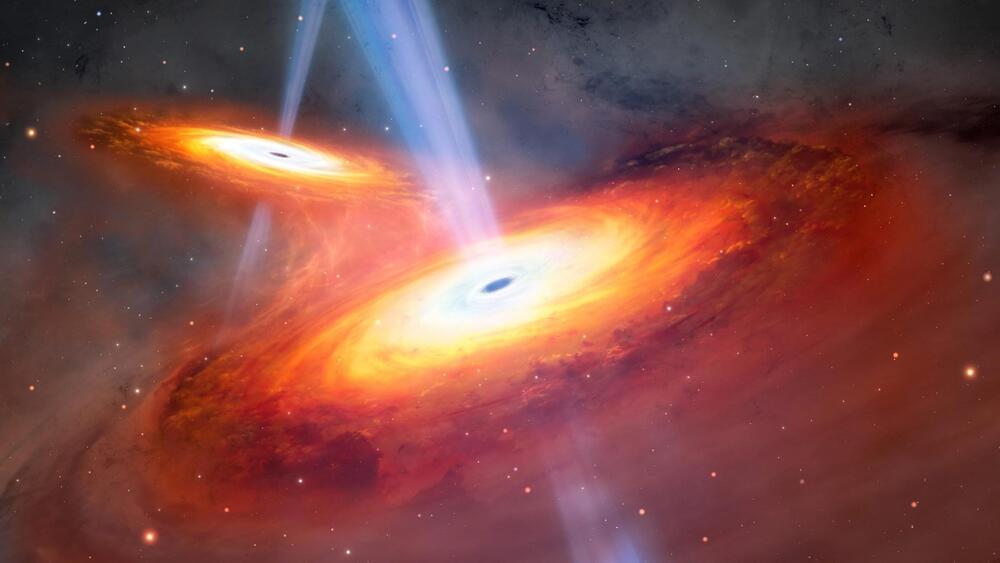Astronomers have identified the earliest pair of quasars, shining 900 million years post-Big Bang, revealing insights into galaxy mergers and the reionization era of the Universe.
An international team of astronomers, including members from the Kavli Institute for the Physics and Mathematics of the Universe (Kavli IPMU, WPI), has discovered the earliest known pair of quasars using the Subaru Telescope and Gemini North telescope, both situated on Maunakea in Hawai’i. These quasars, powered by actively feeding supermassive black holes, emit intense radiation. This significant discovery will provide insights into the early evolution of the Universe.
About 400 million to 1 billion years after the Big Bang, something, possibly a combination of sources, unleashed enough radiation to strip the electrons from most of the hydrogen atoms, completely altering the nature of the Universe. Quasars are one potential source of the radiation that caused this “reionization” of the Universe. When matter falls into the supermassive black hole at the center of a galaxy, the matter heats up and releases radiation in a phenomenon known as a quasar.
